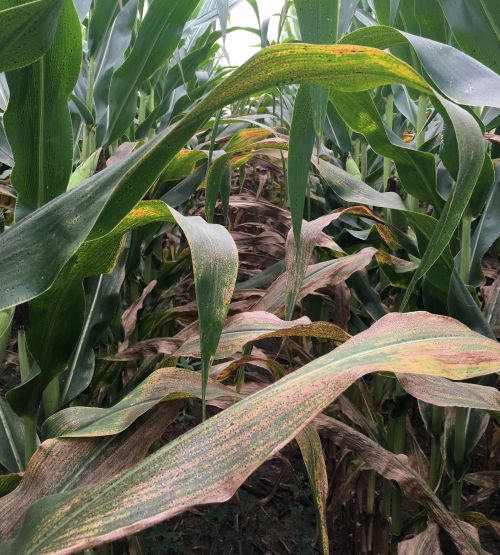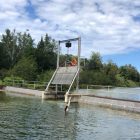
By Victoria Witke
Jacob Faist of Jackson County is among the state’s farmers worried about tar spot, an emerging disease in corn and silage fed to dairy cows. It can lower crop yield, reduce the nutritional value of the corn and reduce milk production. According to a study, Michigan and the Great Lakes region are particularly vulnerable. Researchers did the study in Branch, Ottawa, Ingham and Barry counties. Top producing counties include Lenawee and Ionia.

By Dylan Engels
Fishing licenses for the year are available, and DNR has changed a few requirements. We talk to experts from the Platte River Hatchery in Beulah, DNR and Michigan United Conservation Clubs.

By Emilio Perez Ibarguen
Legislation would let law students and lawyers represent the interests of abused animals in criminal prosecutions related to the animal’s welfare or custody. The idea is rooted in a massive 1995 animal abuse case in Ottawa County.

By Isabella Figueroa
The Wisconsin Department of Natural Resources has been granted $1 million from the U.S. Environmental Protection Agency, to better reach Spanish, Hmong and rural populations.
More Headlines




